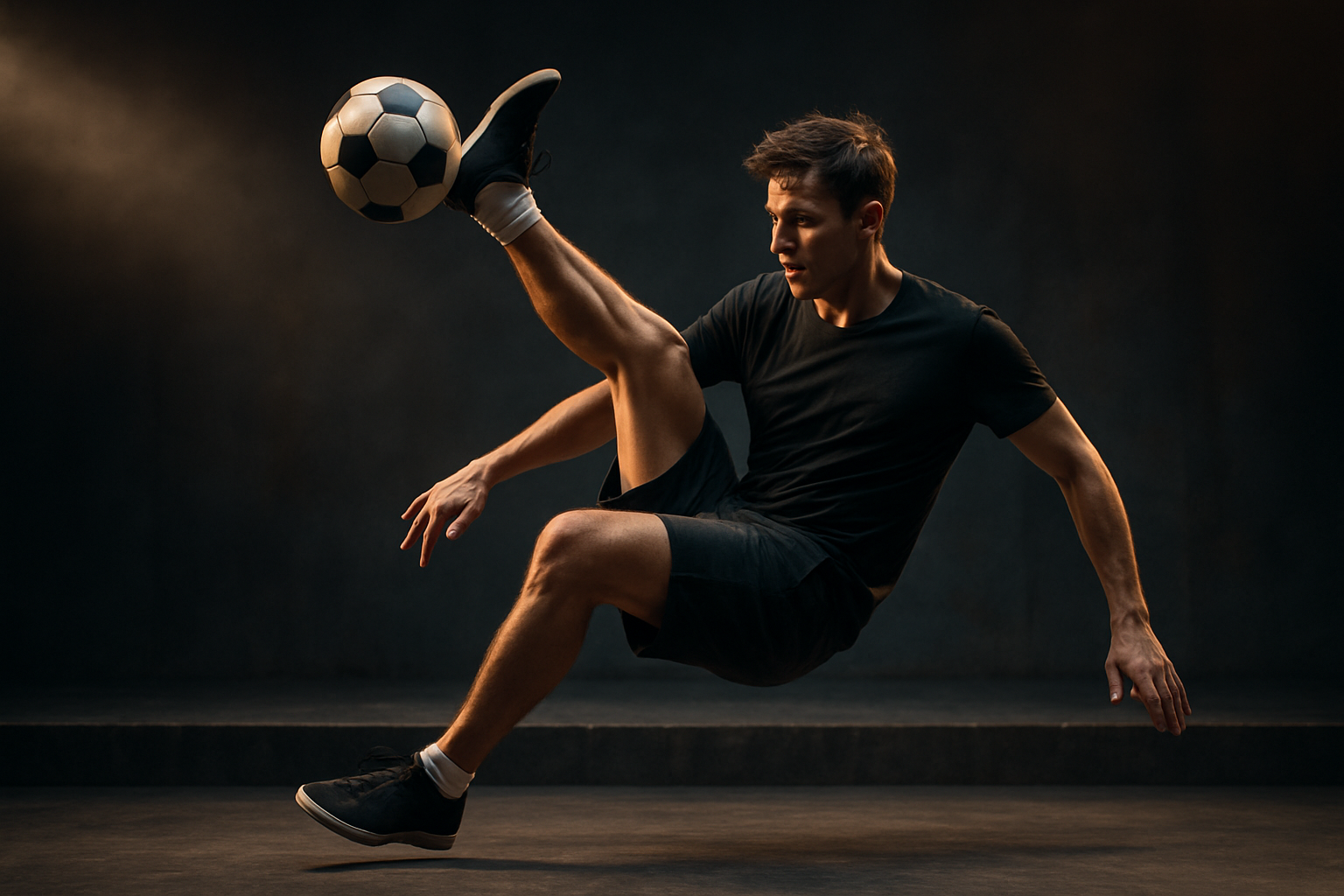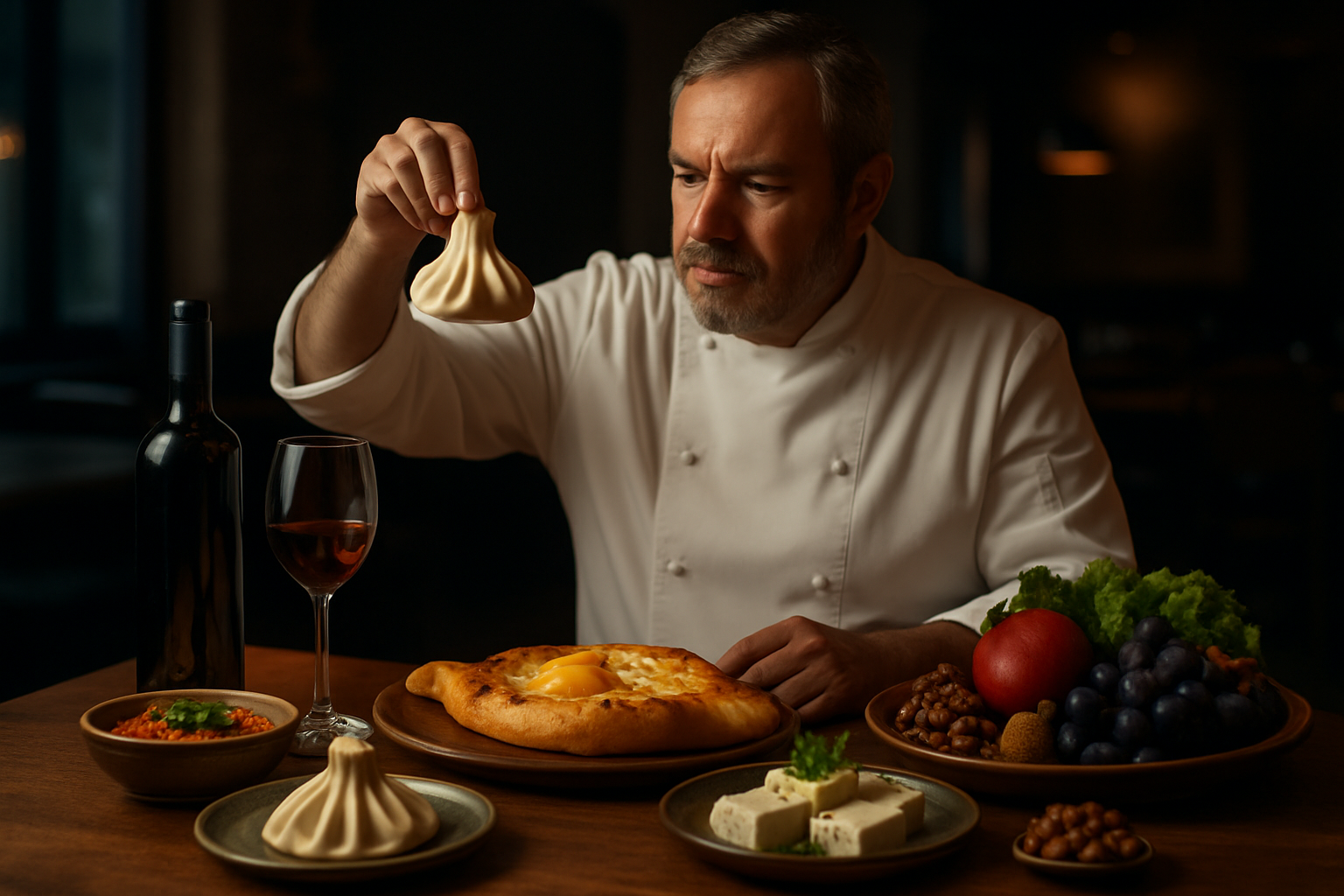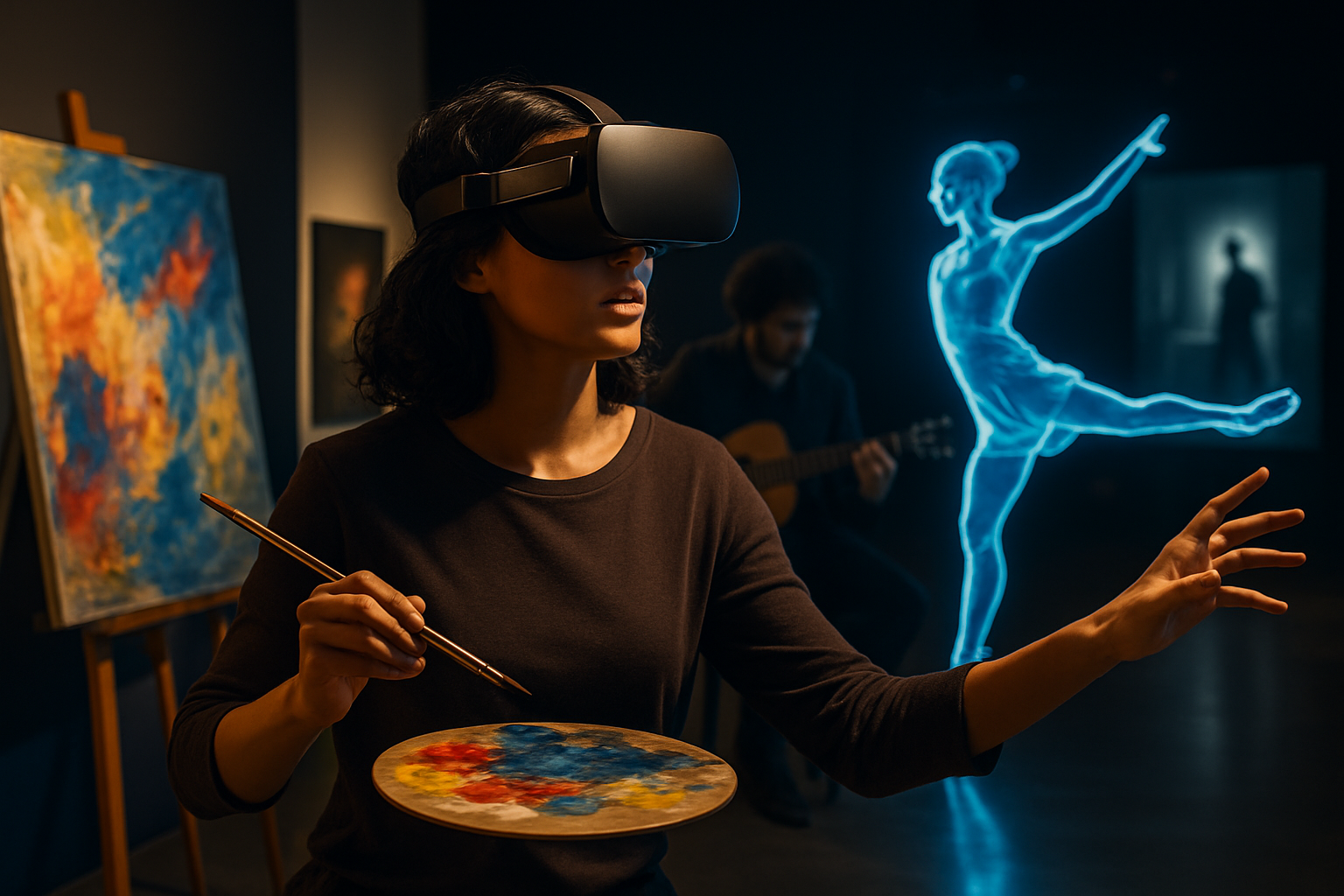Understanding the Art and Science of Soccer Freestyling
In the realm of sports, there are those which capture the hearts of millions by their sheer grandeur, and then there are those which enamor with their audacious display of athleticism and skill. Soccer freestyling falls into the latter category. A subculture of the world's most popular sport, soccer freestyling is a fusion of creativity, skill, and an unyielding quest for mastery. This article delves deep into the world of soccer freestyling, exploring its history, current trends and the nuances that make it a captivating spectacle.

A Spin Through Time: The Birth and Growth of Soccer Freestyling
Contrary to popular belief, soccer freestyling didn’t emerge overnight. It was a gradual evolution, stemming from the basic tricks and flicks that players would practice during training. These tricks were initially meant to improve ball control and dribbling skills, but over time, players started to explore the creative potential these tricks held.
In the 1980s, soccer freestyling started gaining recognition as a standalone discipline. The spark was ignited when Diego Maradona, one of the greatest footballers of all time, began showcasing his exceptional juggling skills before matches. This inspired a new generation of footballers to take freestyling seriously, which led to the establishment of various competitions and events around the globe.
Defying Gravity: Current Trends in Soccer Freestyling
Fast forward to the present day, and we find that soccer freestyling has evolved into an international phenomenon. Freestylers from across the globe showcase their skills on various platforms, from street corners to grand stages, pushing the boundaries of what’s possible with a soccer ball.
One of the most exciting trends in soccer freestyling is the increasing integration of acrobatics and dance elements. Freestylers are no longer just juggling the ball; they’re spinning, flipping, and twisting their bodies in ways that defy gravity. This has led to the creation of new tricks and styles, further expanding the creative canvas of soccer freestyling.
The Flip Side: Challenges and Real-World Applications of Soccer Freestyling
Despite its growing popularity, soccer freestyling isn’t without its challenges. The physical demands of the sport are immense, requiring exceptional fitness, agility, and coordination. More importantly, freestylers need to have a creative mindset and an unwavering dedication to mastering the art.
On the positive side, the skills acquired in soccer freestyling have real-world applications. Many professional soccer players, such as Neymar and Ronaldinho, have integrated freestyling techniques into their gameplay, proving that it’s more than just a dazzling display of tricks.
Backed by Science: The Role of Research in Soccer Freestyling
Research has played a crucial role in the development of soccer freestyling. Studies have shown that freestyling improves ball control, balance, and coordination, which are essential skills for any soccer player. This scientific validation has helped break the stereotype of freestyling being a frivolous pastime and has encouraged more people to take up the sport.
Captivating the World: Soccer Freestyling’s Future
Looking ahead, soccer freestyling promises to captivate the world even more. As freestylers continue to push the limits of their creativity and skill, we can expect to see even more jaw-dropping tricks and performances. And as research continues to validate the benefits of freestyling, we can also expect to see more integration of freestyling techniques into mainstream soccer training.
In conclusion, soccer freestyling is a dynamic and evolving discipline, continually shaped by the audacity and creativity of its practitioners. As we dive deeper into its nuances and understand its benefits, we can truly appreciate the art and science behind this captivating sport.





